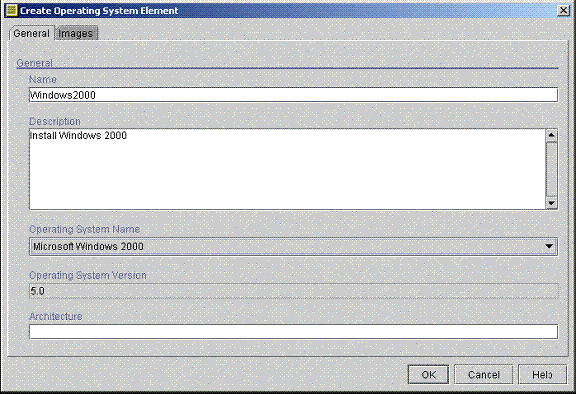| Tool Mentor: ITCM - Ready and Control Asset |
 |
|
| Related Elements |
|---|
ContextTool mentors explain how a tool can perform tasks, which are part of ITUP processes and activities. The tasks are listed as Related Elements in the Relationships section. You can see the details of how processes and activities are supported by this tool mentor, by clicking the links next to the icons: DetailsThe components of IBM® Tivoli® Configuration Manager (ITCM) used to manage asset life cycles are the Activity Plan Manager (also called the Activity Planner), the Change Manager, the Pristine Manger, and the Enterprise Directory Query. The Activity Planner enables you to define a group of activities in an activity plan, submit the plan for execution, and monitor the execution of the plan. Activities are single operations that are performed on a set of targets at specified times. Operations include library tasks (Tivoli Management Framework Task Language Library), inventory, and software distribution. The Change Manager component, together with the Activity Planner, support software distribution management and change management in a large network. Activity Plan Manager is a prerequisite to Change Manager. Change Manager works with Activity Plan Manager to manage specified groups of users, workstations, or devices as single subscriber entities. Subscribers can be users, groups of users, or the workstations or devices they use. The core concept of the Change Manager is the reference model. A reference model contains an association of configuration elements and subscribers. Configuration elements define hardware and software requirements. Subscribers define groups of users, workstations, or pervasive devices. Using Change Manager, you create reference models that use configuration elements to specify a required configuration on a given set of target subscribers. These reference models allow you to define the hardware and software requirements of different groups of users, for example, managers and software developers. This capability allows you to manage subscribers according to the role that each one plays within your organization. The Pristine Manager integrates the Microsoft® Automated Deployment Services (ADS) or Microsoft Remote Installation Services (RIS) server in order to install images on machines. At the same time, Pristine Manager includes the machines in the Tivoli environment as endpoints: it takes the label that you define and makes it the endpoint label of the new machine. This enables Change Manager and Activity Planner to work with the machines as if they are Tivoli endpoints after the pristine installation. You can engage the Pristine Manager from Change Manager or the Activity Planner. The Enterprise Directory Query component facilitates information stored in enterprise directory servers (Windows 2000® Active Directory) to be selected as a specific directory object, or a container of directory objects as subscribers to a reference model. Subscribers to a reference model can then be targets for software distribution or inventory scan operations. A sample scenario in which ITCM can be used for the preparation of assets, a part of Manage Asset Lifecycle, is when a service desk operator routes a service request to desk-side services to image a laptop with an appropriate user profile based requirement. All the components of ITCM mentioned in this document, can be used to quickly and reliably deploy OS images for the Windows platform, in particular the Pristine Manager, Change Manager, and Activity Planner are the components used for this purpose. The service desk operator is responsible to start an activity using ITCM, providing the information needed to the application for delivering the requested services, in particular the user profile based on which operating system will be installed on the laptop. ITCM is responsible for delivering the requested services, specifically for:
After you have created the reference model that meets the request in terms of the OS to deploy, you can generate an activity plan that includes all the tasks that are required to ensure that the subscribers match the requirements you defined in the reference model. You can then submit this activity plan to the Activity Plan Manager. If there is a change to the requirements, or if a subscriber changes its role, you can simply update the reference model to reflect the changes and generate a new activity plan. In order to image the laptop with the appropriate OS image, you need to perform a setup task using the Pristine Manager.
After you have completed the setup tasks, you must pull the Pristine Manager objects into a plan and then submit the plan either from the Change Manager or Activity Planner. The advantages of using the Pristine Manager are:
Additional information is available in the Tivoli Configuration Manager 4.2.3 User Guide for Deployment Services. All current product manuals are located on the IBM Web site in the Tivoli Information Center at http://publib.boulder.ibm.com/infocenter/tivihelp/v3r1/index.jsp?toc=/com.ibm.tivoli.itcm.doc/toc.xml For more informationFor more information about this tool, see IBM Tivoli Configuration Manager. |
©Copyright IBM Corp. 2005, 2008. All Rights Reserved. |
